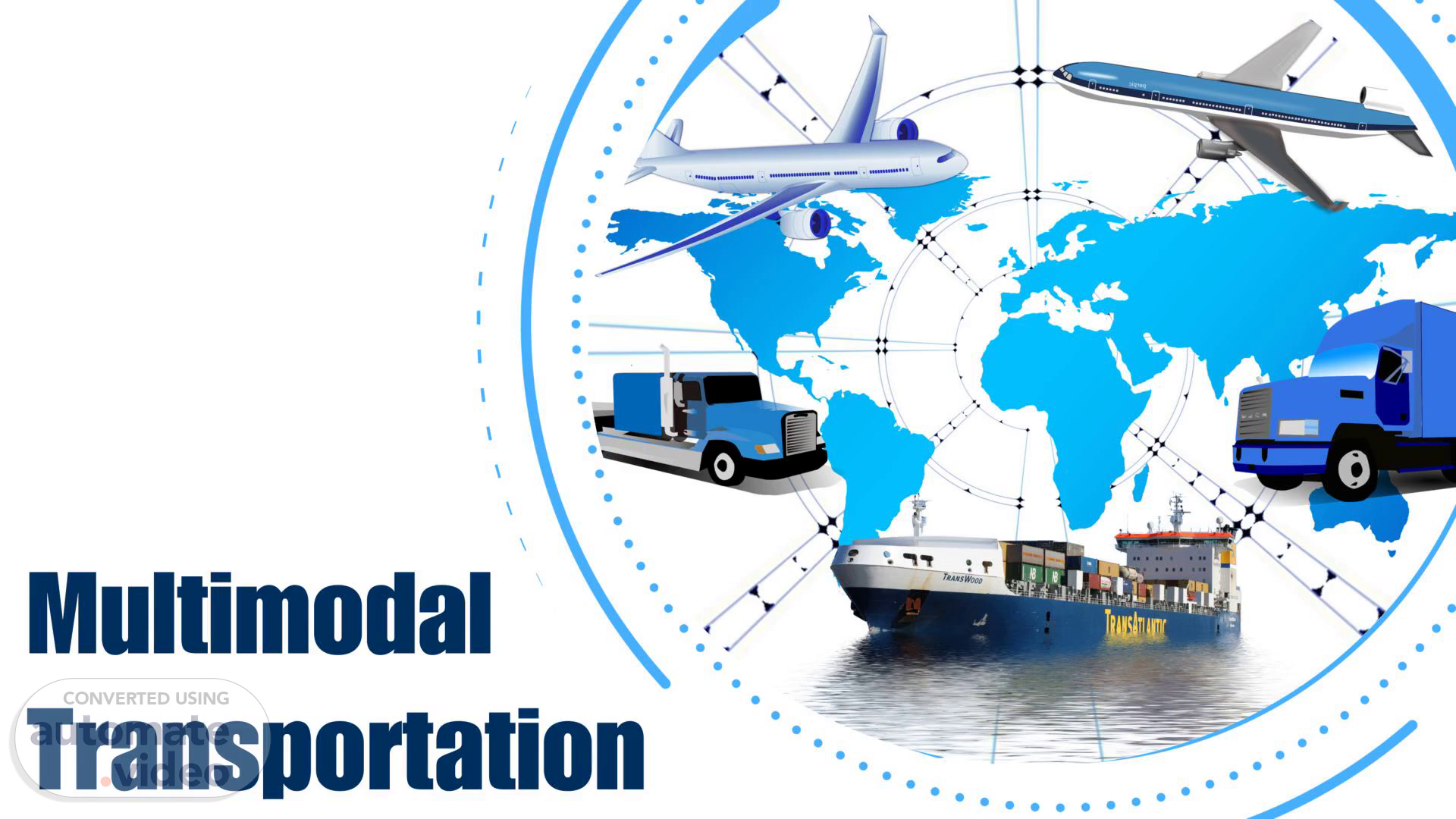Scene 1 (0s)
[Audio] Multimodal transportation is a system where different modes of transportation work together to form a seamless network, transforming the way goods and people are moved globally. We will delve into this concept as we continue our discussion..
Scene 2 (15s)
[Audio] By combining multiple modes of transportation, such as road, rail, air, or sea, within a single journey, we can move goods or people more efficiently. Each mode has its own unique strengths, and by using them effectively, we can improve speed, reduce costs, and minimize our environmental impact. This approach is crucial for global logistics and sustainable transportation, allowing us to deliver goods and services quickly, reliably, and responsibly..
Scene 3 (44s)
[Audio] Multimodal transportation involves the strategic use of multiple modes of transport, including trucks, trains, ships, and planes, to move goods or people from one location to another. Each mode is utilized for its respective strengths, enabling greater efficiency and cost-effectiveness. For instance, goods might be transported overseas via ship, then transferred to rail for domestic travel, and finally delivered by truck for the final leg. This approach maximizes the benefits of each transport mode, resulting in faster delivery times, reduced traffic congestion, and decreased emissions. Multimodal transportation is commonly employed in global logistics and urban planning, facilitating the development of sustainable and adaptable transportation networks that cater to contemporary needs while minimizing environmental harm..
Scene 4 (1m 34s)
[Audio] Multimedia transportation is essential for delivering audio, video, and other media over networks, facilitating real-time communication, entertainment, and education. This enables global connectivity in areas such as telemedicine, e-learning, and streaming services. The key advantages of multimedia transportation include improved efficiency, cost savings, environmental benefits, enhanced flexibility, reduced urban congestion, support for global trade, and improved accessibility. These benefits highlight the significance of multimedia transportation in modern society..
Scene 5 (2m 11s)
[Audio] By combining different modes of transportation, we can optimize routes, reducing overall transit time and improving delivery schedules. This results in improved efficiency. Furthermore, multi-modal systems allow us to choose the most economical mode for each leg of the journey, leading to significant cost savings. Additionally, combining modes, such as rail or sea for long distances and trucks for local delivery, reduces fuel consumption and emissions, supporting our sustainability goals. Moreover, multi-modal systems provide more resilient and adaptable alternatives in case of disruptions, such as weather or traffic, making them ideal for complex logistics cases..
Scene 6 (2m 52s)
[Audio] Optimizing transportation routes and using different modes can significantly reduce urban congestion. Multi-modal transport allows for a more efficient use of resources, reducing the need for multiple vehicles on the same route. By combining different modes, such as trucking, rail, and shipping, we can minimize the number of vehicles on the road, decreasing congestion and improving urban traffic flow. This not only benefits commuters but also supports global trade by enabling efficient international shipments across various regions. Additionally, multi-modal transport connects remote or underserved areas by integrating various transportation modes, facilitating easier access to goods and services..
Scene 7 (3m 34s)
[Audio] Multimodal transportation combines different modes, including road, rail, and sea, to create a more efficient, cost-effective, and environmentally friendly way of moving goods and people. Each mode has its own strengths, which allow us to take advantage of them and optimize our logistics. With this approach, we can achieve faster and more reliable movements, adapting to changing demands and needs..
Scene 8 (3m 59s)
THANK you SHERIN SHANEL T.
